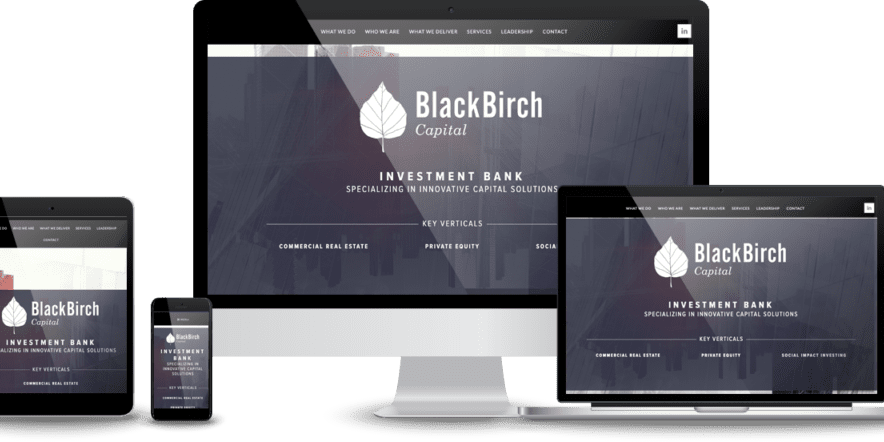HTTP vs. HTTPS: The Incorporation of the Secure Sockets Layer
Maximizing Web Presence: The Strategic Role of the H1 Tag

In the digital landscape, where every element of your website can impact its performance and user engagement, understanding the nuances of web design elements is crucial. Among these, the H1 tag holds a special place. Often underestimated, H1 tags are not just structural elements but pivotal in enhancing both Search Engine Optimization (SEO) and user experience. As experts in web design and digital marketing, IGNITE Media Group recognizes the importance of these tags. Here, we delve into the critical aspects of H1 tags that every website owner should be aware of.
SEO Enhancement with an H1 Tag
H1 tags play a vital role in SEO. They help search engines understand the content of a webpage, making keyword relevance crucial. These tags should include targeted keywords to improve search rankings. However, it’s essential to avoid keyword stuffing. Search engines, like Google, prioritize context and user experience, so H1 tags must align with the overall content in a meaningful way.
Improving User Experience Through the H1 Tag
User experience goes hand in hand with SEO. H1 tags contribute significantly to how visitors perceive and navigate a website. These tags, usually the largest text on a page, guide users through content, enhancing readability and site structure. For accessibility, particularly for screen reader users, H1 tags provide a clear content hierarchy, essential for navigating webpages effectively.
Best Practices in H1 Tag Implementation
To leverage H1 tags effectively, certain best practices should be followed:
- Uniqueness and Relevance: Each page should have a unique H1 tag that reflects its content accurately.
- Length and Clarity: Keep H1 tags concise (20-70 characters) and clear, avoiding complex language.
- Placement and Frequency: Place the H1 tag at the top of the page and limit its use to once per page to define topic and structure clearly.
H1 Tags in Modern Web Design
The use of H1 tags has evolved with modern web design:
- Responsive Design: H1 tags should adapt in size and formatting on different devices, maintaining readability and hierarchy.
- Integration with Rich Media: In websites with dynamic content, H1 tags must be integrated cohesively.
- Evolving Search Algorithms: As search engines evolve, focusing more on context and user intent, H1 tags need to align with these aspects, going beyond mere keyword inclusion.
Conclusion
In conclusion, H1 tags are more than just headings; they are essential tools in the arsenal of effective web design and SEO strategy. Their correct implementation can lead to significant improvements in both search engine rankings and user engagement. At IGNITE Media Group, we understand the importance of every detail in web design and digital marketing. Our expertise ensures that elements like H1 tags are optimized to enhance your website’s performance, making it more visible and accessible to your target audience. Whether you’re looking to revamp your website or build a new one, trust us to deliver a solution that meets your needs and exceeds your expectations.
